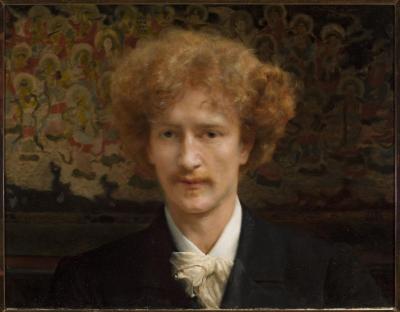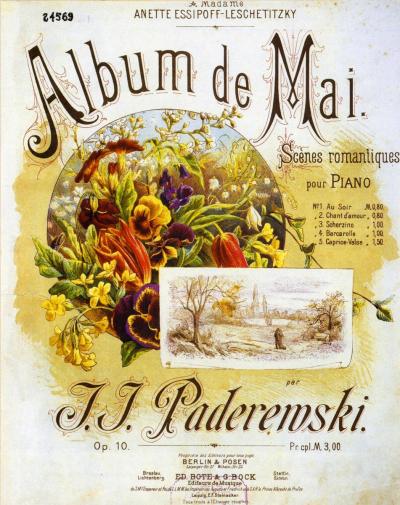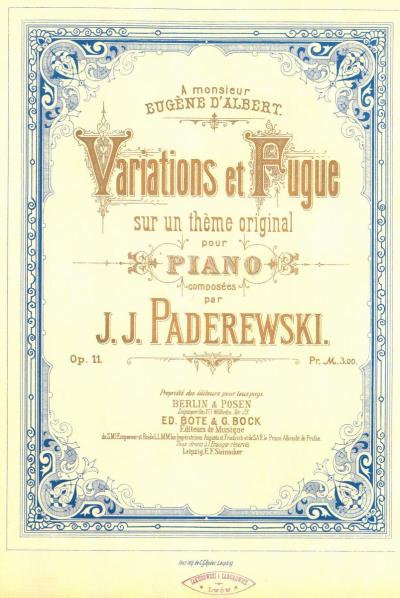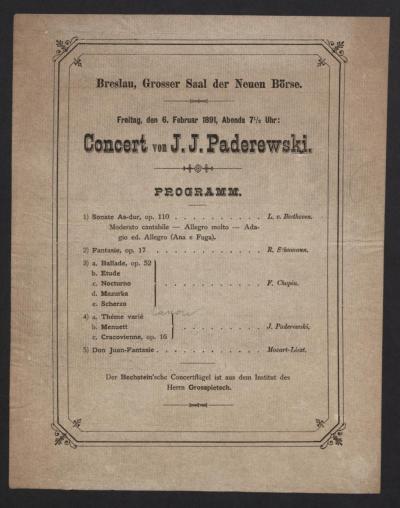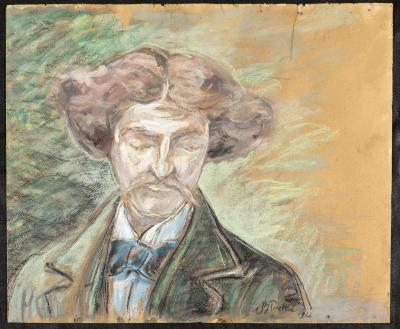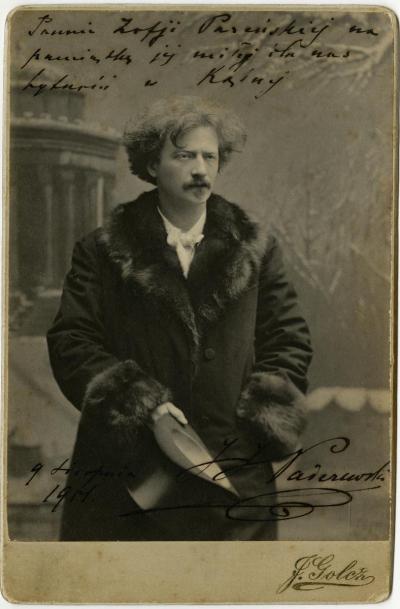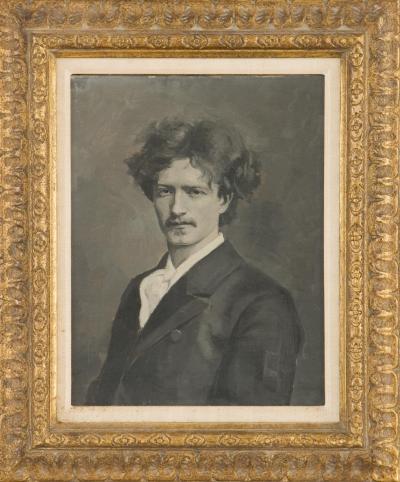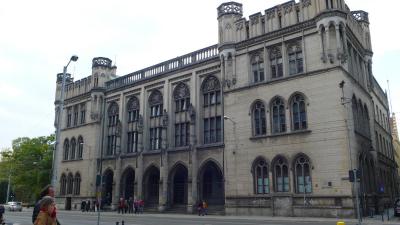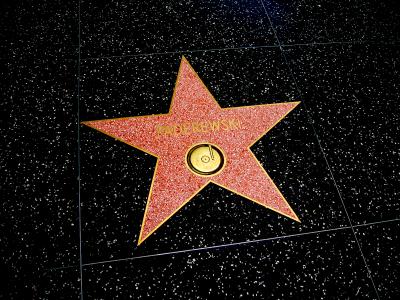Paderewski in Breslau
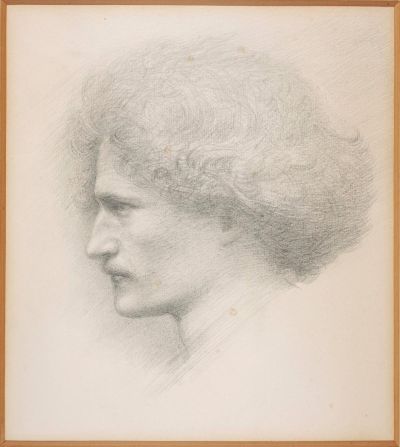
Paderewski’s opera “Manru” had its premiere at the Royal Court Theatre in Dresden [now the Semperoper] in May 1901. The libretto was written by Alfred Nossig and based on the novel “Chata za wsią” (A Hut behind the Village) by Józef Ignacy Kraszewski. The Polish premiere of the Opera took place on 8 June 1901 in Lemberg. The title aria was sung by the well-known tenor, Aleksander Bandrowski. The audience greeted the composer with great enthusiasm.[24] The Lemberg municipal theatre was specially decorated for this premiere and lit up with the word MANRU.[25] The opera enjoyed some success and was subsequently produced in many opera houses in Europe and America.
In autumn 1901 Paderewski arrived in Breslau covered in the glory of his reputation. His recital took place on 26th October in the stately main auditorium of the Breslau Concert House on Gartenstraße (today, ul. Piłsudskiego).[26] This time he performed on a Steinway grand piano, a firm that he promoted and to whom he was contracted on a long-term basis.[27] His performance was greeted with enthusiasm by both the audience and the music critics. Emil Bohn was entranced. He wrote in the “Breslauer Zeitung” that the audience was gripped by the pianists enthralling playing. He underlined the fact that this Paderewski’s first appearance in Breslau in 1891 marked the start of a fascinating career, whereas now this genius was surrounded by an aura of success and fame.[28] This was the reason why popular interest in the recital exceeded even the wildest expectations, as proved by the fact that the 1,478 seat auditorium was packed to capacity![29]
The correspondent of the “Ziennik Poznański” (Posnan Newspaper) was also present at the recital, as he had been ten years previously: “Last Saturday’s performance by our great compatriot Paderewski was a triumph of Polish art. The main auditorium in the Concert House was packed to the roof. When the artist appeared on stage he was greet with a storm of applause that grew even greater during his recital of works by Bach, Beethoven, Chopin, Liszt and his own composition “Nocturne”. There has never been so much audience enthusiasm here. Paderewski was recalled to the stage countless times. The jubilant audience demanded encores, of which there were four, including his loudly called-for “Minuet”, that can now be heard in almost every musical home here.”.[30]
[24] Ibidem, p. 81.
[25] "Kurjer Lwowski", Nr. 157, 8.06.1901.
[26] M. Perkowska, op. cit., p. 91.
[27] D.Taylor, Paderewski’s Piano, [in:] Smithsonian Magazine, Vol. 29, March 1999, pp. 32-34.
[28] "Breslauer Zeitung", Nr. 760, 29.10.1901.
[29] J. Subel, Działalność Schlesische Philharmonie, [in:] H. Okólska and H. Górska (eds.), Przedmieście Świdnickie we Wrocławiu, Wrocław 2012, p. 247.
[30] "Dziennik Poznański”, Nr. 250, 30.101901.
